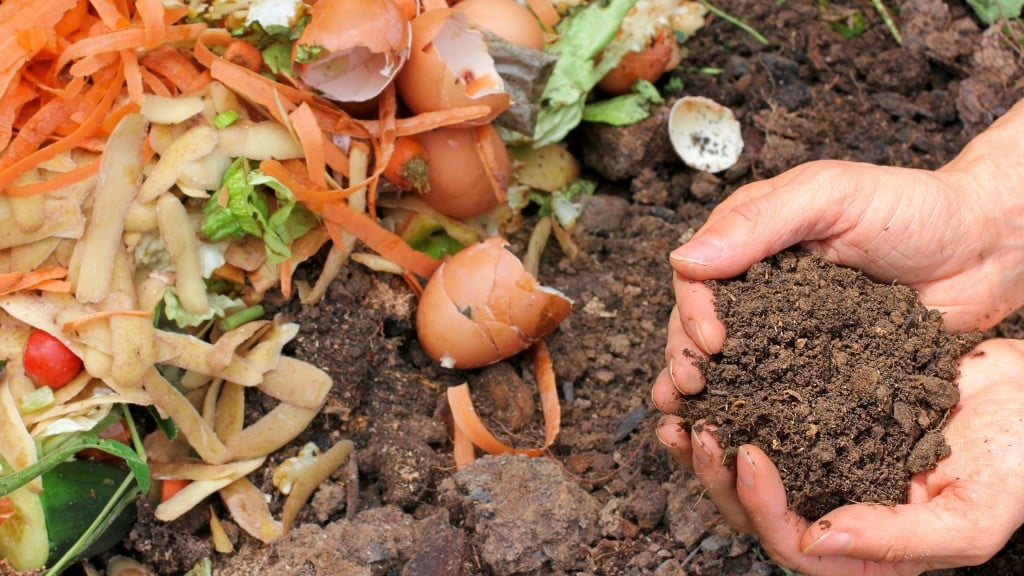Compostable Organics Largely Ignored In “Big Picture” Waste Diversion Strategies
The good and bad of being the silent majority
The simplicity of information from a waste composition chart meets the needs of the political will, economics, infrastructure availability and implementation involved in every segment of the garbage-waste-resource stream. Organic residuals are no different.
In fact, based on our nearly 25 years experience, the complexity of all factors involved is even more intense today than it was previously, due in part to the anonymity or non-branded nature of most of the items that make up compostable organics. Finger-pointing and directing others to assume stewardship responsibility for organic residuals rarely occurs. When it does, it doesn’t share the indignant intensity that can be heard in discussions and radio call-in shows when the topic of the day is: “what should be done to reduce our garbage?”
In one way, it has been frustrating to see how compostable organics have been largely ignored in big picture” waste diversion strategies – particularly when the fact is that organic resources make up over 35 percent of the waste stream, they are largely responsible for the 20 percent of national methane emissions that come from Canadian landfills, and their ongoing return to the soil is widely acknowledged as essential for soil health and sustainable productivity.
Certainly, if there was unbiased attention paid to the information relayed in the multitude of waste composition surveys done, compostable organics would have received top priority in all diversion strategies across the country a long time ago. In another way, it has been good that the “silent majority” behind compostable organics have not received appropriate share of attention from those responsible for the “big plans”. This has allowed committed advocates from the worlds of regulatory, technology, research and community-building to nurture an industry that must be responsible for its own sustainability, using science-based knowledge to create the standards, networks, technology and best practices that span regional and provincial borders.
“ It is exciting to have composting experts from across Canada come together again to review the current Compost Quality Guideline”.
Chapters of experiences have been written by those communities and private enterprises that early-on took the initiative to recover organics through composting and anaerobic digestion. These chapters form the basis of our “how-to” knowledge today. And building from this knowledge, new programs are being developed that will help advance the accomplishments and experience for the future.
The recently-released Dillon study for the Province of Newfoundland-Labrador details options for organic waste processing on the island of Newfoundland, in order to support the provincial objective of reducing the amount of waste going to landfill by 50 percent. For the purposes of the study, to be considered a proven organics processing technology, certain criteria had to be met, including: a minimum of five years of continuous, reliable operation; use of similar feedstocks and at a similar proposed throughput tonnage; confirmation of an ability to effectively control odour and leachate; operation in a climate similar to the proposed application location; and reliable generation of a minimum Category B (restricted use) finished compost, as defined in CCME’s Guidelines for Compost Quality.
As the recommendations from the study get digested and plans are developed one of the forward-thinking initiatives undertaken by the Newfoundland-based MMSB (Multi Materials Stewardship Board) has been to gather together the organizations and individuals across the province responsible for the organic residuals recovery program. The MMSB also provided access to industry leaders and experience at the Earth Bound Conference in 2013, and then followed up with the Compost Council of Canada’s Compost Facility Operators’ Course, held this past September.
Similarly, on the other side of the country, as Metro Vancouver counts down the months towards the 2015 ban on organics from residents and businesses, they have developed a great series of educational materials to help with the transition. From “how-to’s” and tips to artwork and advertising, the city’s comprehensive information packages, developed locally, also have no doubt benefited through experiences from other jurisdictions that have “cut their teeth” in implementing an organics residuals recovery plan.
And with these implementation programs in play, it is equally exciting to have composting experts from across Canada come together again to review the current Standards Council of Canada’s Compost Quality Guideline. Triggered through the support of Recyc-Quebec, the Quebec Ministry of & Agriculture, Fisheries & Food, the City of Montreal and the Compost Council of Canada, through the support of Nova Scotia Environment, Green Manitoba and the Compost Quality Alliance, this 20-month consultation and review will analyze the current standard in the context of market developments as well as ever-improving technical analysis.
These are all important steps to get to the end goal when, everywhere across Canada, organic residuals are no longer included in the garbage stream but are treated as prized resources, returned to the earth as our collective legacy for the future.



